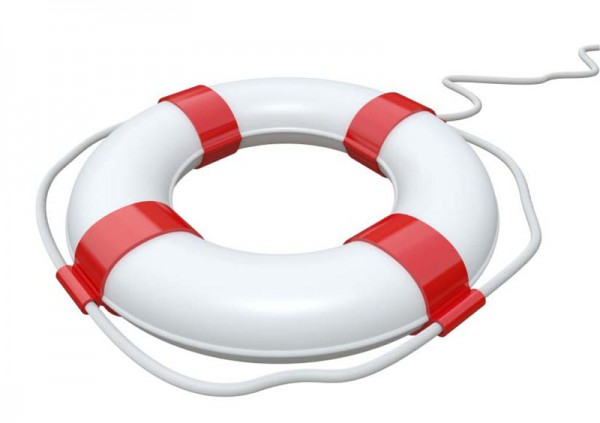Seven Secrets of a Successful Marketing Plan
Doing SEO efforts, building social media platforms and other online marketing activities are useless unless you have a plan. Just like how you wouldn’t go for a hiking trip into the woods without a detailed map, you shouldn’t do online marketing tactics without establish your marketing plan first. Developing your marketing plan helps you to get the most out of your small business Internet marketing and maximize your ROI.
It takes time and effort to develop a cohesive and successful marketing plans. Here are seven steps you need to take in order for your marketing plan to have a chance at succeeding:
1. Identify Your Position in the Marketplace
Customers are drawn to businesses that they consider to be leaders within their industry. Just as importantly, if they feel that your company is made up of experts in their industry and are people who spread reliable and useful information to customer, they will be very receptive to your marketing efforts. Your marketing plan should include ways to interact with people within the industry to build your credibility.
2. Strengthen Your Brand Positioning
At its core, your brand is really a summation of the way that people feel about your company when they hear its name. Ideally, you want people to have immediate positive associations with your brand regardless of the situation. Engaging in brand reinforcing tactics such as charitable campaigns or non-product targeted advertising can give people a good feeling about your brand.
3. Build Long-Term Awareness of Your Brand
Many people ignore a company or their brand if they have no need for their services at that exact minute. But subconsciously they might remember the brand if it is reinforced. When they are suddenly in need of what your company has to offer, the building of long-term brand awareness pays off and you have a new customer.
4. Attract New Customers
Performing web analytics on your current customers is one of the best ways to develop tactics to attract new sales leads and turn them into customers. Do research to find out how customers decided to purchase your goods or services. This can be as direct as sending customer surveys or you can track the entry points that people used to get to your site and make purchases.
5. Retain Existing Customers
It’s a common mistake to get so concerned about marketing efforts designed to bring in new customers that you end up ignoring your current customer base. Remember that any place that your current customers come into contact with your brand is a marketing opportunity. This can include your website, social media sites, ads or even the packaging on your products.
6. Plan for Success
The online world is filled with companies who were so successful that they saw their sales skyrocket faster than their infrastructure could keep up. This usually leads to shipping delays, unfulfilled orders and dissatisfied customers. Your marketing plan should have plans in place for what to do if you meet — or exceed — your “best-case scenario” expectations for your marketing plan.
7. Analyze Your Results
If you don’t know how to analyze the results of your marketing efforts, there’s no way that you can know which tactics work or why certain tactics failed. Make sure that your marketing plan has clear and quantifiable goals and has ways in place to measure the success of your tactics as you work toward your goals.
 Posted on October 31, 2013
Posted on October 31, 2013
 Posted on October 29, 2013
Posted on October 29, 2013
 Posted on October 22, 2013
Posted on October 22, 2013 Posted on October 21, 2013
Posted on October 21, 2013
 Posted on October 16, 2013
Posted on October 16, 2013
 Posted on October 15, 2013
Posted on October 15, 2013
 Posted on October 10, 2013
Posted on October 10, 2013
